Decorative Flower Garden Edging Ideas
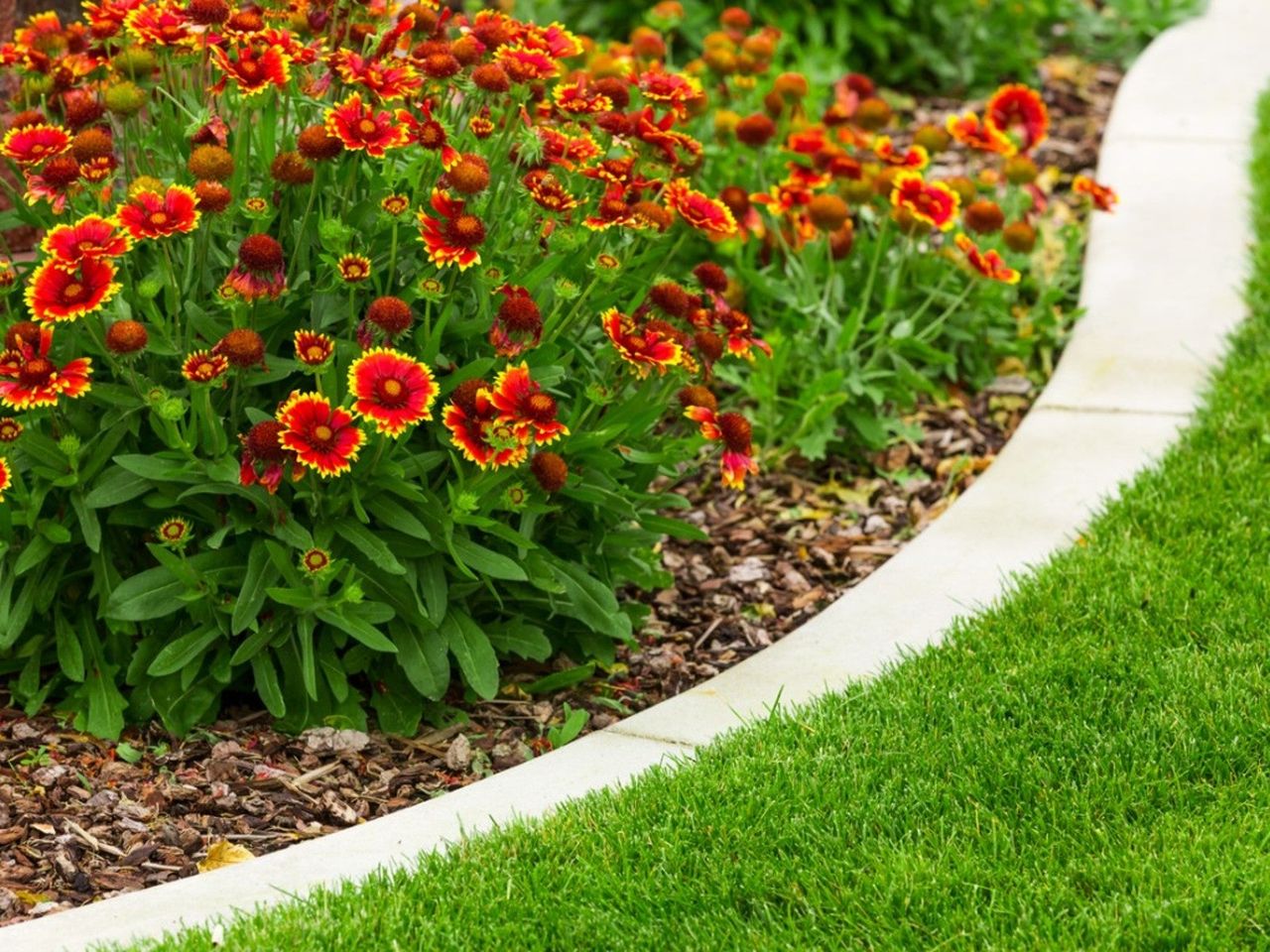

Garden bed edging gives a manicured, clean line to gardens and separates them from lawn, groundcovers, and hardscaped areas. Flower bed edging also helps prevent erosion by containing the soil and mulch when it rains. It also adds an aesthetic appeal, creating a finished look to the landscape.
Several garden edging ideas are offered here, with emphasis on cost, appearance, and ease of installation. Choose a flower garden border that is not only easy on the budget but blends in well with your landscape features.
Flower Bed Edging for Home Gardens
There are several types of garden bed edging, from plastic to wood to stone. You can even leave out the edging material and just create a trench around the bed. Here are the most common ways to edge a border:
- Hand edged or trench style – The least expensive method is to hand edge with a sharp, straight spade. The blade is usually a half-moon shape with a straight handle and called a lawn edger or border spade. Use the spade to cut a V-shaped trench where you want the edging to be. First cut along the edge of the border line, then come out about 3 or 4 inches (and cut down at a slant, forming a V trench. Pull out the soil and grass. This is the best one if you think you will want to expand the bed later.
- Pavers – Some people like the convenience of running the mower over the edging. Use landscape pavers laid side to side or edge to edge for this purpose. Dig the bed line out so the pavers are level with the ground. If desired, the pavers can be set in a mortar mix rather than the soil, unless they are the interlocking style. This also can be accomplished with bricks laid side by side. For raised beds, they can be stacked.
- Stones and rocks – Collected rocks or stones like fieldstone or flagstone provide a less formal edge. The stones can be stacked or laid edge to edge. However, grass can easily find its way through an opening. The stones can be mortared together to prevent a grass invasion.
- Landscape timbers and railroad ties – These are less expensive than pavers but are not as flexible in a curve. They are best for straight edges.
- Metal edging – Metal edging can provide an effective barrier against grass but can be hard to work with. Use the metal stakes to help protect it from heaving.
- Plastic polyvinyl – Hard plastic polyvinyl strips sold in rolls are partially below ground so they can be an effective grass deterrent, however they are the least durable edging and often least attractive. Hard plastic sections that are pounded below ground can be easier to install.
- Creative edging – The sky’s the limit if you want to use a more creative edging for a whimsical flower garden border. Wine bottles buried neck down, nostalgic plates, branches, upturned wood or stakes – whatever you can repurpose – is fair game.
Gardening tips, videos, info and more delivered right to your inbox!
Sign up for the Gardening Know How newsletter today and receive a free download of our DIY eBook "Bring Your Garden Indoors: 13 DIY Projects For Fall And Winter".

After graduating from Oklahoma State University with a degree in English, Susan pursued a career in communications. In addition, she wrote garden articles for magazines and authored a newspaper gardening column for many years. She contributed South-Central regional gardening columns for four years to Lowes.com. While living in Oklahoma, she served as a master gardener for 17 years.
-
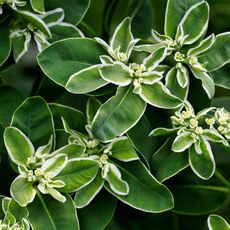 Snow On The Mountain (Euphorbia marginata): Complete Care And Growing Guide
Snow On The Mountain (Euphorbia marginata): Complete Care And Growing GuideSnow on the Mountain is a unique succulent plant that is native to North America. Learn all about Euphorbia marginata and how to care for it in your garden.
By Bonnie L. Grant
-
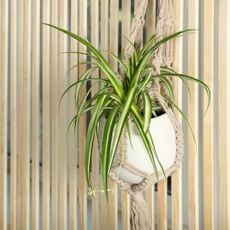 How To Grow A Hanging Spider Plant – For An Elegant Indoor Or Outdoor Display
How To Grow A Hanging Spider Plant – For An Elegant Indoor Or Outdoor DisplayOf all the beautiful baskets we see, the hanging spider plant is probably the easiest to grow. Let your hanging basket spill over with little spider plantlets!
By Teo Spengler
-
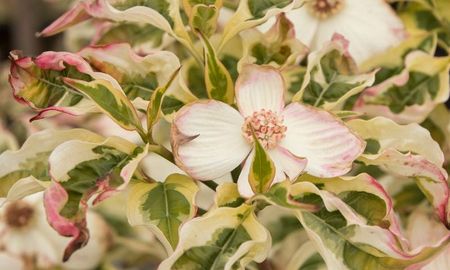 20 Hard-to-Find Spring Flowers & Plants That Look Amazing All Season
20 Hard-to-Find Spring Flowers & Plants That Look Amazing All SeasonIt’s finally beginning to look like spring! If you’re eager to find some unique, hard-to-find varietals to satisfy your spring fever, look here first.
By Caroline Bloomfield
-
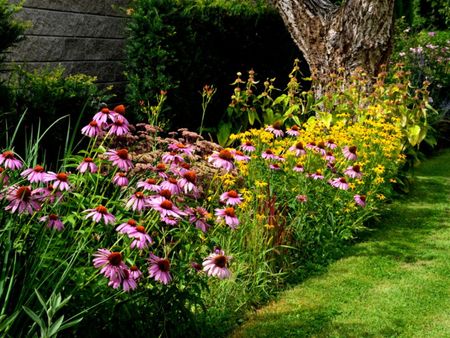 How Wildflower Strips Help Attract Pollinators To Your Yard
How Wildflower Strips Help Attract Pollinators To Your YardIf you have a small garden spot or strip available, fill it with wildflowers for our hungry pollinators. Click to learn more.
By Tonya Barnett
-
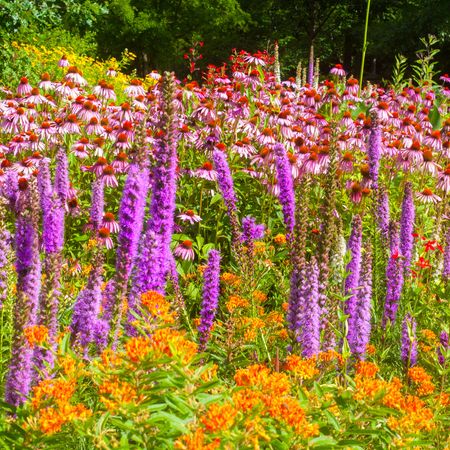 10 Knockout Native Flowers To Add A Punch Of Color To Your Garden
10 Knockout Native Flowers To Add A Punch Of Color To Your GardenGrowing native is the way to go. See our list of ten native wildflowers that will knock you out with color.
By Amy Grant
-
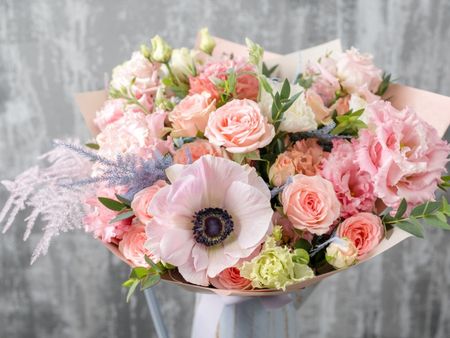 Pretty Plants For A Pastel Flower Bouquet
Pretty Plants For A Pastel Flower BouquetRoses aren’t the only romantic flower. Some romantic pastel flowers can fill in beautifully.
By Tonya Barnett
-
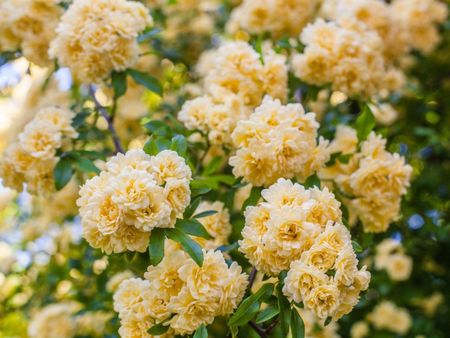 Soft Yellow Plants For A Sunny Pastel Garden
Soft Yellow Plants For A Sunny Pastel GardenClick here for ideas on some pale yellow flower varieties for pastel garden designs.
By Tonya Barnett
-
 Most Common Flower Color In The World
Most Common Flower Color In The WorldWhat are the most common and least common flower colors in the world? Click here to find out.
By Mary Ellen Ellis
-
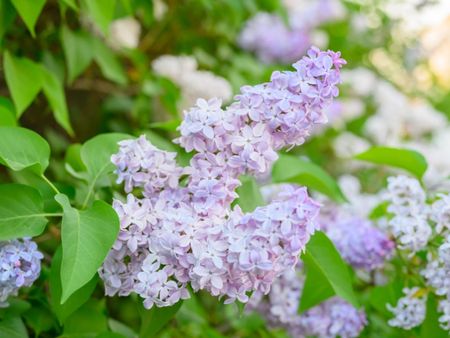 Pastel Plants For A Lovely, Light Purple Flower Garden
Pastel Plants For A Lovely, Light Purple Flower GardenClick here for ideas on some light purple plants for a pretty, pastel garden display.
By Tonya Barnett
-
 Plant Wildflower Seeds In Fall for A Stunning Spring Display
Plant Wildflower Seeds In Fall for A Stunning Spring DisplayCan you plant wildflower seeds in fall? What makes fall the best time to sow wildflower seeds? Click here for more.
By Tonya Barnett